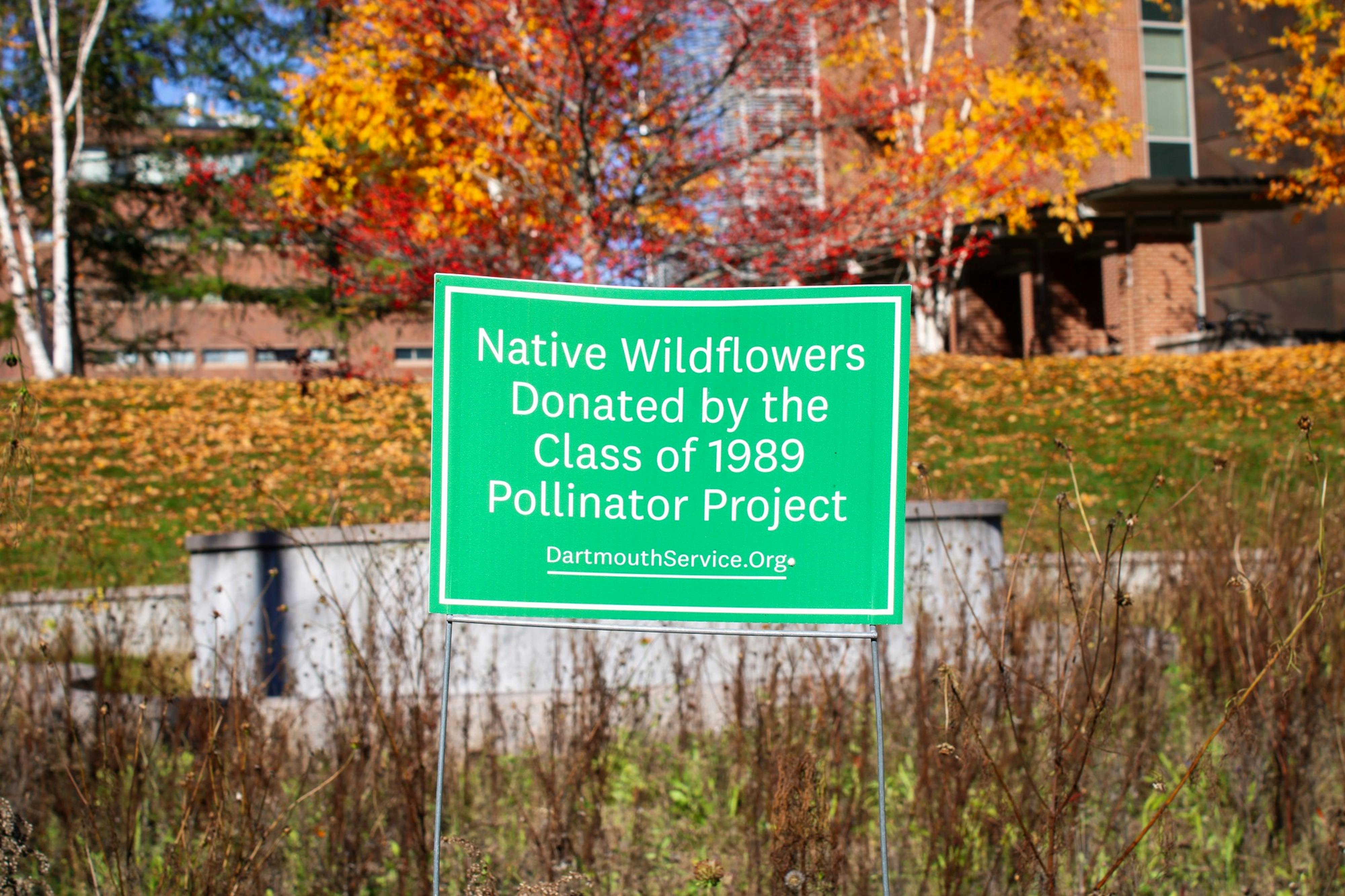Read about our work with the Pollinator Project in The Dartmouth:


Agroecology @ Dartmouth College
Read about our work with the Pollinator Project in The Dartmouth:

Just out in Agroecology and Sustainable Food Systems: “Ecological complexity and avoiding pest resurgence: intuitions from mathematical ecology“

In this paper, we explore theories on pest resurgence from theoretical ecology to complex systems. Why are pests so pesty? Read to learn more: https://www.tandfonline.com/doi/abs/10.1080/21683565.2022.2164639
Quoted in The Guardian’s article on “An Indigenous reservation has a novel way to grow food – below the earth’s surface”

We have been interested in alternative greenhouse designs that help reduce dependence of fossil fuels in our food systems. Farmers are harnessing the power of the earth to heat and cool with variations of geothermal energy design. Our ENVS culminating experience courses dived into the specifics of greenhouse design from both an environmental sustainability and justice perspective. See the reports here:
and videos here: https://www.youtube.com/watch?v=Ld9btD8NYGc&list=PLkN_svmS9kX0NCQDaJeGas7SgA3rrItZZ

A belated congrats to our second year PhD student Kirsten Jovanelly for winning the 2022 Katherine S. McCarter Graduate Student Policy Award. The award provided Kristen with some training on science policy and she also participated in a series of congressional visits. Way to go Kristen!

The Ong lab’s most recent paper was featured in Martha Stewart and Dartmouth News, congrats to everyone who worked on this paper!
Check out this recording of my SESYNC seminar from December 1st about Chinatowns as alternative food networks!
https://www.youtube.com/watch?v=0F3UTyu-1p0&feature=youtu.be
Abstract: Urban food systems like the Victory Gardens of WWI and WWII emerge and react to socio-economic distress but often disappear post disaster. Distress from the COVID-19 pandemic places cities dependent on long-distance supply chains at risk of both disease and food insecurity. One alternative urban food system that has maintained a consistent and growing identity since the 1800s in the United States are Chinatowns. Yet the same reasons for its success, namely, the great diversity of agricultural products and people from many backgrounds that serve and are served by its short and redundant supply chains, put Chinatowns at risk. Rising xenophobia, continued small-business closures, and the epicenter of the COVID-19 pandemic in the U.S. collide in Chinatown’s New York distributional hub. Here we address how connections between food producers, distributors, merchants, and consumers in New York’s Chinatown are maintained or adapt to the disruption. We construct a competition model to assess how market pressures and external stressors drive product diversity and food network structure. We seek to use Chinatown as a model for understanding what alternative urban food system structures can best maintain food, nutritional (via diet diversity), and economic security while facing socio-environmental shocks.
Incoming graduate student, Spencer Hardy, has spent his summer teaching an online course titled “Bees of the Northeast” with North Branch Nature Center.
“With over 300 species in Vermont, bees are so much more than the source of honey. This course will introduce you to a mindblowing diversity of shapes, sizes, and life histories found in almost any habitat. While most species can only be identified by using a microscope, we will focus on the species and groups that are relatively distinctive to the naked eye. By the end of the course, participants should be able to identify most bees to the genus level, which is certainly not a common skill! Guided field challenges will be based on the flowers and bees currently active. With so little known about the distribution of some of these species, it’s definitely possible to find new state records right in your own backyard!”
You can learn more about his course here!
Spencer Hardy has been featured on Vermont Public Radio again this summer, this time for his work documenting bee species with the Vermont Wild Bee Survey in Chittenden County. Ten new species have already been documented, with three quarters of specimens still to be identified! Read more about the project here.